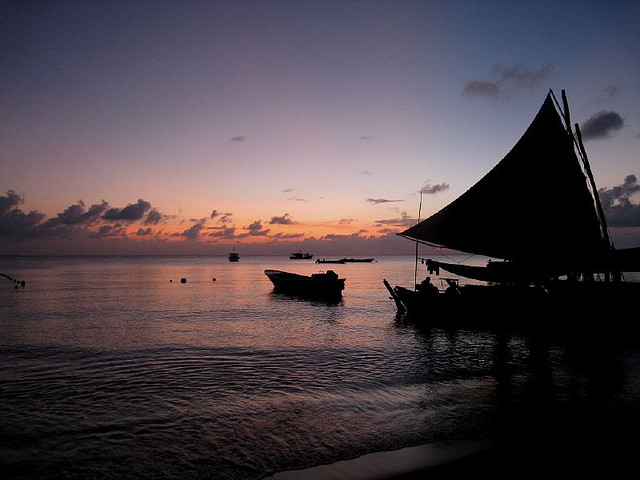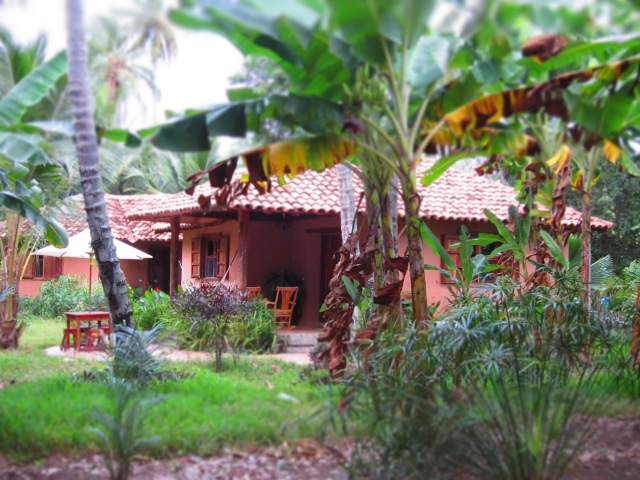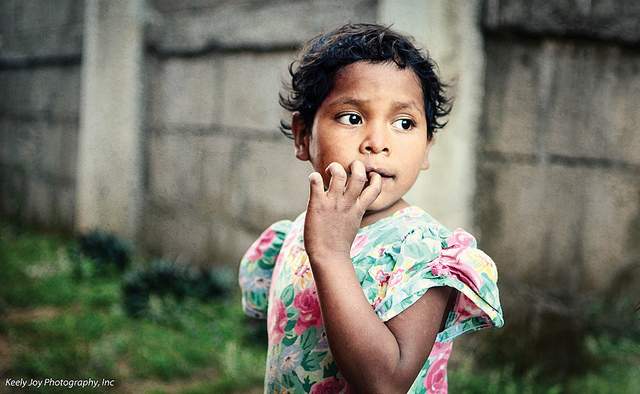Nicaragua is beginning to appear on the radar of travelers, with its natural beauty and old-fashioned charm that neither tourism nor internal strife has ruined. It’s a low-key, slow-moving Latin American culture, inexpensive to travel and live in, and is often referred to as “Costa Rica 30 years ago.” Nicaragua is easy to travel within and home to rich festivals and exciting outdoor adventures. From ash boarding down the side of one of the youngest (and active) volcanoes in the world, to scuba diving in the Little Corn Island – known for its remote, pristine beaches – along with the excitement of colonial towns such as Leon and Granada, in Nicaragua you can still travel under the radar.
Explore
The colonial towns of Granada and Leon offer everything from lively street markets, fascinating cathedrals and architecture, great restaurants, and cultural activities. In the smaller, more liberal town of Leon to the north, you will find an easy-going, family-friendly atmosphere that is popular with backpackers and independent travelers. Spend the first day simply walking around the city square, exploring Recoleccion Cathedral along with the baroque theater, street markets and sidewalk cafes. Enjoy a mojito made with the local, and fantastic, Flor de Cana rum at Bigfoot Hostel or Via Via across the street, and then stick around for some live music. Outside of Leon, you can also board down an active volcano (see the play section).
Granada is a little bigger, and a little more conservative, than its colonial sister. It also is centered around a main square with a park and cathedral, with plenty of galleries, shops, museums, and bars along the surrounding streets. From Granada numerous day trips are easy, including Las Isletas, where you can kayak, and the town of Masaya for its fantastic market and volcano. A night tour of the Masaya volcano is highly recommended; you actually descend down into the lava tubes, where thousands of bats live.
From Granada, you can take a 90-minute bus ride and then a 90-minute ferry to visit the rustic, charming, completely low-key La Isla Ometepe, in the middle of Lake Nicaragua. This island is made up of two volcanoes, Concepcion and Maderas, around which everything revolves. Only about half of the islands (or less) have paved roads; once you get around to the far side of each volcano, the going is extremely bumpy, slow, and difficult. Transportation is also a challenge; be prepared to pay a lot in hired car fees and get stuck places without rides, rely on the bus system (which is slow and unreliable – you can wait for hours), or do as we did and rent a motorcycle for around $35USD per day. Ometepe will charm you with its hiking, kayaking along the bird-filled Rio Istan, coffee co-op plantations, and howler monkeys right above your head at the Charco Verde reserve. Most accommodations are at fincas such as San Juan de la Isla – working farms, that range from very basic to quite comfortable.
Book a hostel in Granada and check out cheap flights to Managua
Learn
Another exciting, very indie travel destination in Nicaragua is Little Corn Island. You have to really want to get to this tiny island off the Caribbean coast, only 10 square kilometers of palm trees and sand, fringed by a fantastic coral reef. It can’t be called easy to get to, by any stretch of the imagination. You can fly from Managua to Big Corn Island (there is a Big Corn and Little Corn island). From Big Corn you board a boat to take you across to Little Corn; they generally leave after the morning and afternoon flights and can take anywhere from 90 minutes to three hours depending on the boat.
[social]
Once on Little Corn, there isn’t much to do besides dig your toes in the sand, eat, drink, snorkel, or dive – and that’s pretty much its draw. You can walk the entire island is an hour. If you’re not already a scuba diver, this is a terrific place to learn. First time divers like myself can do an “Intro to Diving” class and be in the water the same day! Several dive shops are on the island, including on the main boardwalk. Derek’s Little Dive Shack by the Sea, on the more remote north side of Little Corn, is where I did my “Intro to Diving” course and my boyfriend and I completed several other dives.
Play
Cerro Negro is a very young volcano. At a mere 161 years old, it’s a newborn baby in fact. “The Black Hill” is one of 25 volcanoes in Nicaragua, of which 9 are active (or at least erupted in the last two thousand years). Cerro Negro is very definitely one of the active ones; in its young life it has erupted 23 times, or an average of every seven years. The last eruption was in 1999, so this baby is overdue for a hot lava and steam explosion. And you can climb this volcano – and then board down the other side.
If volcano boarding doesn’t sound like some seriously crazy fun, I don’t know what does. I went out on this adventure with my boyfriend, two other American guys visiting Leon, and our guide Frankie with Va Pues Tours. After a climb of moderate difficulty – it’s not a high climb, but very steep in places and with very loose lava rock – you arrive on the narrow crest at the top of the volcano, where the winds are wicked strong. And you’re carrying a board that basically acts as a sail. After a rather harrowing 15-minute walk along this top edge, we finally arrived at the other side, where the boarding is done. That was almost anti-climactic after the climb. You can use a stand-up board (similar to a snowboard), or sit down like a sled, which is what I did. You don’t really go as fast as you might think, as the boards get bogged down in the volcanic gravel rather easily. But it’s great, dirty, adrenaline-pumping, unusual fun!
Check out our adventure trips in Nicaragua
Eat
Nica food is more than just gallo pinto, the constant dish of rice and beans that is popular in most Latin countries and seemingly on every plate in this country. My favorite dish in the country was the Nacatamal, a moist tamale filled with pork, chicken, veggies or other fillings and wrapped in a banana leaf to cook. Street food does not seem as plentiful as in other Latin American countries, with carts completely lining many main squares, but there is still enough to be had. At the old market in Masaya, I had an unbelievably delicious dish that was like a pot roast, cooked in massive wok—chunks of beef layered with yucca, potatoes, carrots, onion, and peppers. Amazing.
And for a cheap but yummy meal, try a “fritanga,” the word for restaurants or street vendors who serve up authentic local food. Everything is on display, and you choose the dishes you want. Gallo pinto along with fried and soft-sauteed plaintains are always there, as well as several meat or fish dishes. It usually comes all wrapped up in a banana leaf and stuffed into a plastic bag, and you can typically get a complete three or four dish meal for about $1.50.
Stay
Accommodations in Nicaragua are varied and interesting. In Leon, Hotel El Convento is built on the site of an old, historic convent and is both gorgeous and peaceful. The islands are both home to organic farmstays in charmingly rustic settings – try Finca San Juan de la Isla on Ometepe and Farm Peace & Love on Little Corn Island.
All of these places have a very unique personality, charm, and history – and all have rooms under $150USD per night. But if you’re really on a budget, there is no problem finding nice, clean, interesting hostels or guest houses, called “hospedajes,” that won’t set you back more than $10-15USD per night. In Leon, Via Via is a hostel and café well worth checking into, and the Indio Viejo in the ferry landing town of Moyagalpa on Ometepe Island is artistic and cool. In the southern surfing town of San Juan del Sur, Rebecca’s Inn is a friendly, comfortable hospedaje run by Martha, who grew up in the house; Casa Oro is also popular there. Accommodations in Nicaragua are varied and interesting.
Book a hostel in Leon
Help
Nicaragua is not a wealthy country; according to the Moon Handbook to Nicaragua, it is the poorest of all Central American countries (and second-poorest in the Western Hemisphere). Peta Kaplan and Ben Sandzer-Bell have made Granada their home, where they run a very cool business called CO2 Bambu, building sustainable housing out of the abundant natural bamboo resource available in Nicaragua. This provides eco-solutions for positive social and environmental impact, creating low-cost housing for people who need it out of a rapid-growth, sustainable material. They also have built schools and a shelter for women who are victims of domestic violence. And, they expanded to Haiti where they began building the bamboo homes as post-disaster housing. CO2 Bambu accepts volunteers for anywhere from a few days to months, typically in remote areas of the country.
Read more about traveling in Nicaragua:
- Caribbean Without the Cost: 5 Great Beach Spots in Latin America
- Top 10 Destinations for Independent Travelers in 2011
- 12 Less Visited Countries and Why You Should Go There Now
- How to Travel Around the World for $40 Per Day
To read more from Shelley Seale, check out her author bio
Photo credits: N3T1O, Feed My Starving Children, all other photos belong to the author and may not be used without permission.






